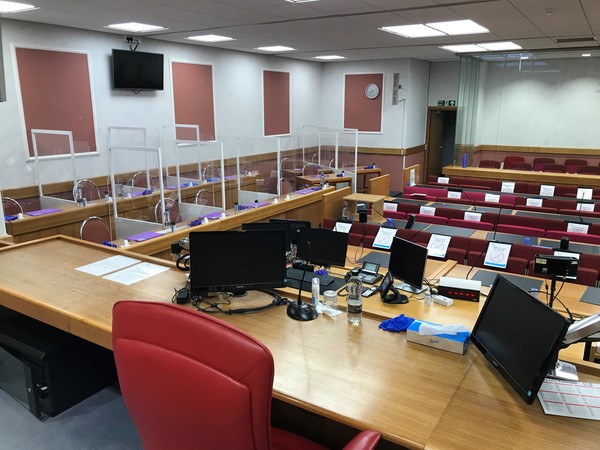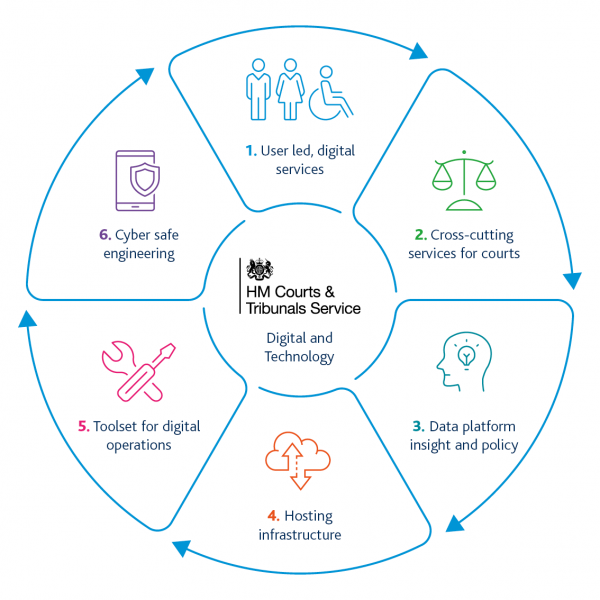HMCTS Spotlight Sessions with Clare Beech

Blogging for International Women’s Day, Cluster Manager Clare Beech shared what it’s been like leading a frontline team during the pandemic to keep justice going.

Blogging for International Women’s Day, Cluster Manager Clare Beech shared what it’s been like leading a frontline team during the pandemic to keep justice going.

In this blog, Sharon joins us to describe her work at Ipswich County Court and Family Hearing Centre and her contributions to the continuation of justice.

Our Acting CEO, Kevin Sadler talks about working together in the safest way possible to keep justice going for every complainant, victim, witness and defendant during the coronavirus pandemic.

A blog post from Paul Harris, Operations Director at HMCTS, on the work to make over 250 courtrooms available to safely hold jury trials since the coronavirus pandemic.

Alan Wraithmell, delivery manager, explains how Leeds Crown Court are ensuring jury trials run as safely as possible.

Craig Robb talks about how HMCTS is safely moving back towards fully re-opening our justice system and how the introduction of a range of enhanced hygiene and safety measures for court users and staff provides the confidence to be able to continue, or return, to work.

Adam Lennon talks about how family courts have found ways to navigate the challenges coronavirus has brought and what the last few weeks have been like working in the family jurisdiction.

A blog post from Balaji Anbil that provide an overview of HMCTS' digital architecture, how we build the components, governance approach and the associated benefits.

An interview with Andy Cox, HMCTS Head of Estates Policy who talks about our estates strategy and having fewer, better buildings.

A blog post from Ella, who works as a court support officer in Bristol. Ella talks about court security and her role in assisting legal professionals and court users.